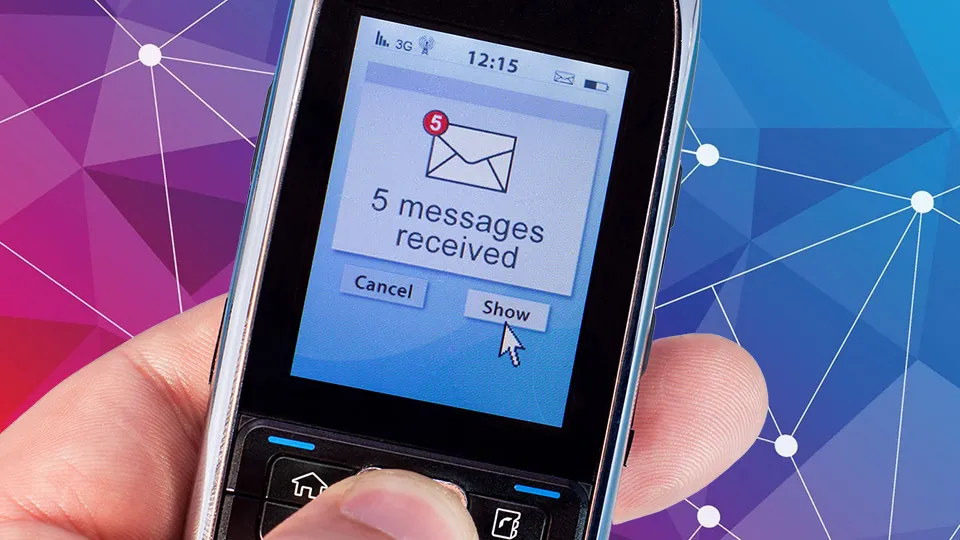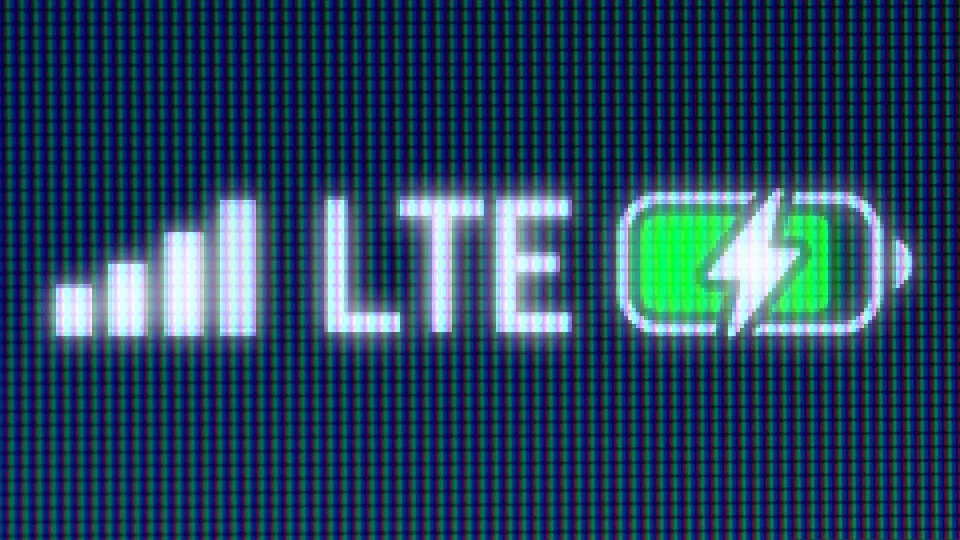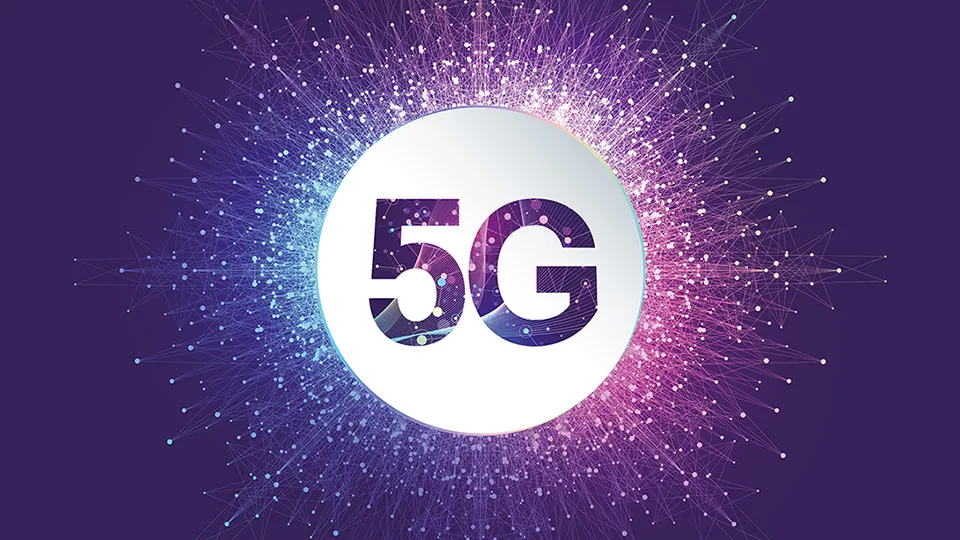Celebrate 30 years of Utimaco LIMS with us!
This year 2024 we are celebrating a remarkable milestone! Utimaco LIMS, the state-of-the-art monitoring solution for fixed and mobile networks, marks its 30th anniversary. The first Utimaco LIMS was deployed 1994 in Germany.
Over the past three decades our product has been evolved in tandem with the dynamic advancements in telecommunications technology with deployments worldwide. From its groundbreaking inception to its continuous adaptation to the ever-changing market, this product has not only witnessed the evolution but has actively driven progress in supporting law enforcement agencies in their fight against crime and terrorism.
Here's to 30 years of innovation. Cheers to the journey that is recapped below, and to the countless milestones yet to come!
1994
1st LIMS deployed in Germany
First version of Interception Center (ICC, later LIMS) delivered to Mobile network operators in Germany for a consistent and secure management of LI functions and data processing in GSM core networks.
1994
GSM, which stands for Global System for Mobile Communications, is a widely used standard for digital cellular communication. It was developed to enable mobile devices to communicate with each other and with the public switched telephone network (PSTN). GSM provides a set of standards for voice and data services, including text messaging (SMS).

1995
MMS stands for Multimedia Messaging Service. It is a standard way to send multimedia content, such as pictures, videos, audio files, and contact cards, between mobile devices using a cellular network. MMS is an evolution of the Short Message Service (SMS), which is used for sending text messages.
1995
GPRS stands for General Packet Radio Service. It is a mobile data service that enables wireless communication for packet-switched data transmission on mobile networks. GPRS was introduced as an enhancement to the Global System for Mobile Communications (GSM) standard, and it represents an early step towards mobile data connectivity.
GPRS played a significant role in laying the groundwork for more advanced mobile data technologies. It served as a stepping stone towards the development of faster and more efficient technologies, contributing to the evolution of mobile communication standards.

1996
1st OEM Version of LIMS
Introducing the LIMS as OEM product to major network equipments vendors to sell LIMS as part of the overall offering to mobile network operators.
1997
Fixed voice available
Utimaco LIMS enables fixed network operators to comply with national lawful interception requirements.
1997
Fixed voice in the context of the Public Switched Telephone Network (PSTN) refers to traditional landline telephone services. The PSTN is the global network of interconnected circuit-switched telephone networks that provide the infrastructure for public telecommunication. Fixed voice services operate over copper or fiber-optic cables and are commonly associated with landline telephones in homes, offices, and businesses.
1999
Acquisition by UTIMACO
Takeover of the operational business of Kryptokom GmbH in Aachen by Utimaco. IPO as Utimaco Safeware AG on the Neuer Markt, a segment of the German Stock Exchange.
2004
1st managed LI System
LIMS operation was introduced as a managed service offering via a partner.
2004
Fixed broadband refers to a type of high-speed internet connection that is delivered through a fixed location, typically using physical infrastructure such as fiber-optic cables, digital subscriber lines (DSL), cable modems, or other wired technologies.
2004
UMTS stands for Universal Mobile Telecommunications System. It is a third-generation (3G) mobile communication technology that succeeded the Global System for Mobile Communications (GSM). UMTS is part of the International Mobile Telecommunications-2000 (IMT-2000) family of standards, aiming to provide higher data transfer rates and more advanced services compared to its predecessor.

2008
E-Mail available in Utimaco LIMS
Providing a strong and reliable security solution for Lawful Interception of E-Mails.
2008
E-Mail, short for electronic mail, is a method of exchanging digital messages between people using electronic devices, such as computers, tablets, and smartphones. It is one of the most widely used forms of communication on the internet. E-mail communication is facilitated by standardized protocols such as SMTP (Simple Mail Transfer Protocol) for sending emails and IMAP (Internet Message Access Protocol) or POP3 (Post Office Protocol) for receiving emails.
2010
LTE stands for Long-Term Evolution, and it represents a standard for wireless broadband communication. It is a fourth-generation (4G) wireless technology that succeeded third-generation (3G) networks. LTE is designed to provide faster data speeds, lower latency, and improved capacity compared to its predecessors

2013
Management Buyout
Together with members of the Utimaco management team, PINOVA Capital and BIP Investment Partners acquired Utimaco Safeware AG in a buyout transaction in September 2013 from Sophos, a UK based Software Security company.
2013
VoIP stands for Voice over Internet Protocol. It is a technology that allows voice communication and multimedia sessions over the Internet or other IP networks. Instead of using traditional circuit-switched networks, VoIP converts voice signals into digital data packets, which are then transmitted over the Internet or private IP networks.
2015
VoLTE stands for Voice over Long-Term Evolution. It is a technology that enables voice calls to be transmitted over the LTE (Long-Term Evolution) network, which is a high-speed wireless communication standard commonly known as 4G. VoLTE is designed to provide a more efficient and enhanced voice calling experience compared to traditional circuit-switched voice networks.
2017
IMS stands for IP Multimedia Subsystem. It is a standardized architecture used in telecommunications for delivering multimedia services over IP (Internet Protocol) networks. IMS is designed to provide a framework that facilitates the delivery of various multimedia services, including voice, video, messaging, and other communication services, over both fixed and mobile networks.

2019
5G NSA (Non-Standalone) refers to an initial deployment mode of 5G (fifth-generation) wireless networks that utilizes existing 4G LTE (Long-Term Evolution) infrastructure for certain functions. In a 5G NSA deployment, the new 5G radio access network (RAN) is integrated with the existing 4G core network. This allows for a faster rollout of 5G services while leveraging the capabilities of the existing LTE network.
2020
World‘s most comprehensive LI Mediation System on the market
Based on range of supported network elements, different supported services and a broad customer base, Utimaco LIMS is the most comprehensive LI Mediation System on the market.
2020
Mobile network operators all over the world have a network requirement to support a home routed (HR) roaming model for voice calls. This roaming architecture avoids complex and costly IMS interconnect equipment and replaces traditional voice switches and gateways with local break out. All calls from roaming users in a visited network (inbound roamers) are routed directly to the home networkCurrent deployments of VoLTE Roaming are all based on S8HR. Also future deployments of VoLTE Roaming are recommended to be, and indeed expected to be, based on S8HR. Utimaco provides a carrier-grade and ETSI/3GPP compliant LI solution for IMS/VoLTE in visited networks by offering both an active (Utimaco LMISF) and a passive (S8HR AP) solution.
2021
LIMS 2021 with 5G support
New micro-service architecture and new graphical user interface. Prepared for a wide range of 5G use cases.
2021
5G SA (Standalone) refers to a deployment mode of 5G (fifth-generation) wireless networks that operates independently of existing 4G LTE (Long-Term Evolution) infrastructure. In a 5G SA deployment, both the radio access network (RAN) and the core network are built on 5G technology, providing a fully native and standalone 5G architecture.

2021
Permanent Subscriber Identity is concealed in 5G SA Networks. 3GPP have introduced new network functions and corresponding interfaces to lay the foundation for identifier association in 5G networks. That means the query and receipt of the identifier association from temporary identifier to permanent and vice versa. To comply with 3GPP's standards, UTIMACO provides an integrated solution to support the identifier association in 5G networks.
2022
LIMS is available as bare-metal, virtualized solution.

2023
LIMS 2023
Constant evolution with an extended range of features to meet customer´s needs.







